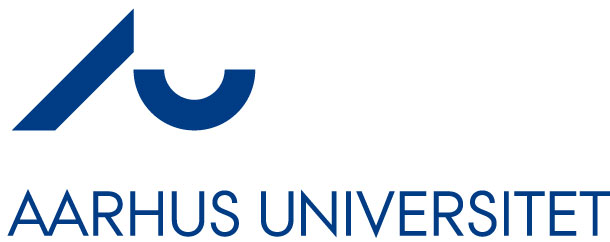Open-air Platform
Parent institution: Aarhus University, Department of Agroecology
Active since 2012
Active through 2012-now
Fields of study
- Climatology, Climate Change
- Environmental sciences, Pollution
- Other
- Agricultural science
Contact Information
Jorgensen, Uffe
email: uffe.jorgensen@agro.au.dk

